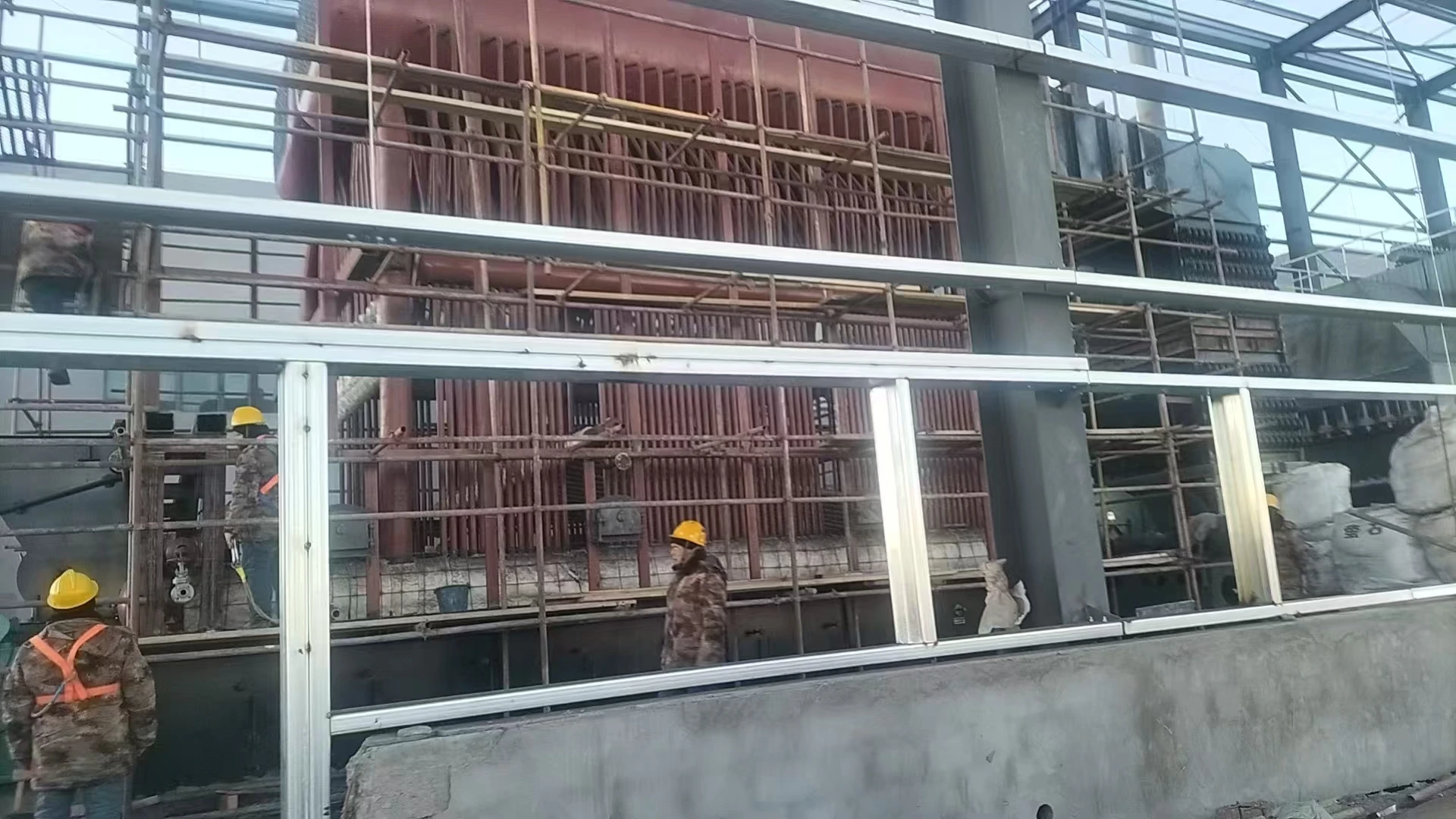
Feb . 15, 2025 11:02 Back to list
steam boiler installation guide
A steam boiler installation is a complex process that requires precision, expertise, and a commitment to safety standards. Whether installing a steam boiler for industrial, commercial, or residential purposes, understanding the steps and considerations is vital to ensure an efficient and safe installation.
The installation process involves meticulously connecting the boiler to the building’s existing heating system, ensuring all pipes, valves, and control systems are correctly installed and functioning. This includes the integration of essential components such as pressure relief valves, low-water cutoffs, and automatic water feeders to enhance operational safety. After physical installation, the next step is performing a series of tests and inspections. Initial tests should verify that all components function correctly, with the boiler reaching the desired pressure and temperature settings without any leaks. Additional checks should ensure compliance with all regulatory requirements. These inspections might involve government or third-party auditing to validate the boiler meets all safety and efficiency standards. Invest in regular maintenance and staff training to sustain operational efficiency and safety post-installation. Technicians should provide a detailed maintenance plan, including routine inspections, cleaning, and part replacements. Staff should receive training to recognize and respond to any system abnormalities, ensuring they can maintain optimal operation and quickly address issues if they arise. Establishing a comprehensive logbook to document all aspects of the boiler’s performance, maintenance, and repairs is also beneficial. This can help identify recurring issues, streamline inspections, and maintain compliance with safety regulations. Ultimately, a successful steam boiler installation relies on expertise, precision, and adherence to safety standards. By fully preparing for the installation process, selecting quality equipment, and maintaining the system diligently, businesses and homeowners alike can ensure their steam boiler operates efficiently and safely, delivering reliable service for years to come.


The installation process involves meticulously connecting the boiler to the building’s existing heating system, ensuring all pipes, valves, and control systems are correctly installed and functioning. This includes the integration of essential components such as pressure relief valves, low-water cutoffs, and automatic water feeders to enhance operational safety. After physical installation, the next step is performing a series of tests and inspections. Initial tests should verify that all components function correctly, with the boiler reaching the desired pressure and temperature settings without any leaks. Additional checks should ensure compliance with all regulatory requirements. These inspections might involve government or third-party auditing to validate the boiler meets all safety and efficiency standards. Invest in regular maintenance and staff training to sustain operational efficiency and safety post-installation. Technicians should provide a detailed maintenance plan, including routine inspections, cleaning, and part replacements. Staff should receive training to recognize and respond to any system abnormalities, ensuring they can maintain optimal operation and quickly address issues if they arise. Establishing a comprehensive logbook to document all aspects of the boiler’s performance, maintenance, and repairs is also beneficial. This can help identify recurring issues, streamline inspections, and maintain compliance with safety regulations. Ultimately, a successful steam boiler installation relies on expertise, precision, and adherence to safety standards. By fully preparing for the installation process, selecting quality equipment, and maintaining the system diligently, businesses and homeowners alike can ensure their steam boiler operates efficiently and safely, delivering reliable service for years to come.
Share
Latest News
-
High-Efficiency Commercial Oil Fired Steam Boiler for Industry
NewsJul.30,2025
-
High-Efficiency Biomass Fired Thermal Oil Boiler Solutions
NewsJul.30,2025
-
High Efficiency Gas Fired Thermal Oil Boiler for Industrial Heating
NewsJul.29,2025
-
High-Efficiency Gas Fired Hot Water Boiler for Sale – Reliable & Affordable
NewsJul.29,2025
-
High Efficiency Biomass Fired Hot Water Boiler for Industrial and Commercial Use
NewsJul.29,2025
-
High-Efficiency Biomass Fired Hot Water Boiler for Industrial Use
NewsJul.28,2025
Related PRODUCTS
Copyright © 2025 HEBEI HONGZE BOILER MANUFACTURING CO., LTD. All Rights Reserved. Sitemap | Privacy Policy






















